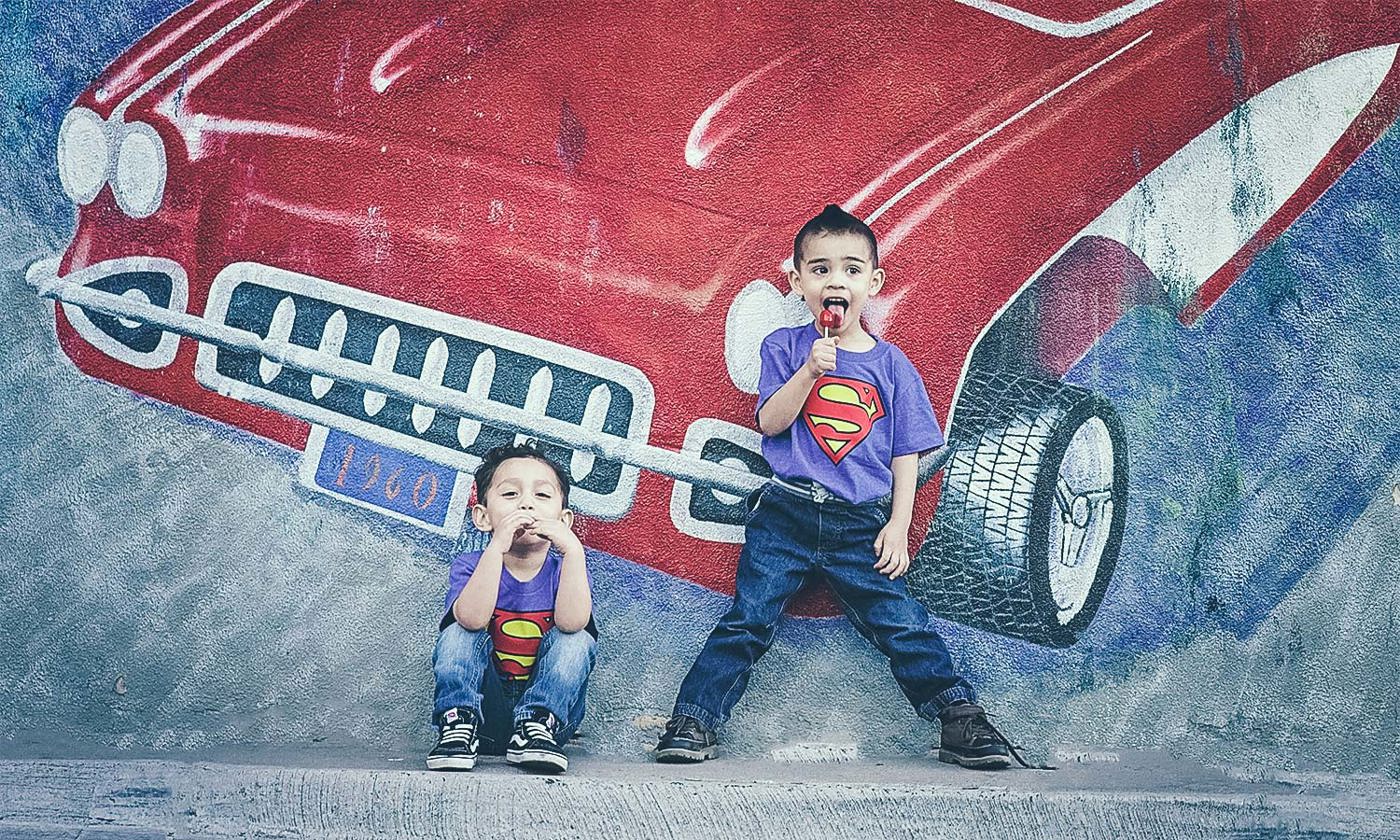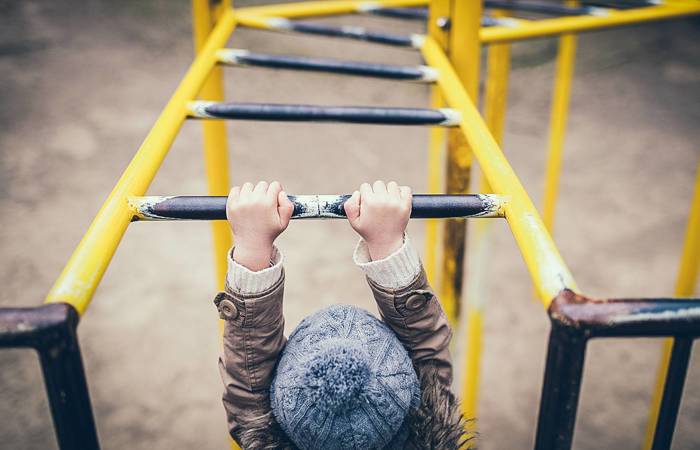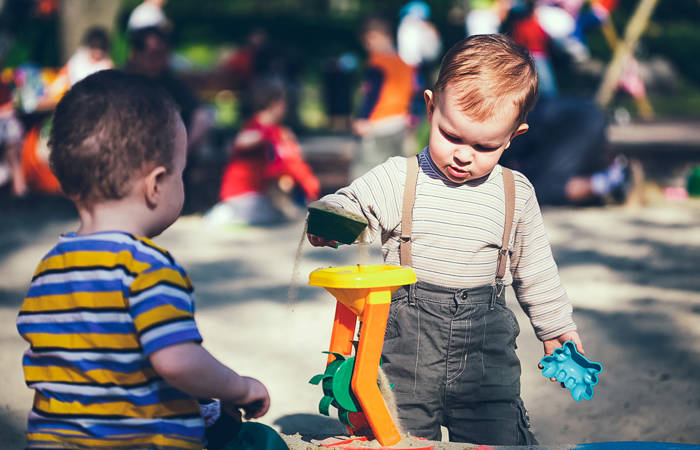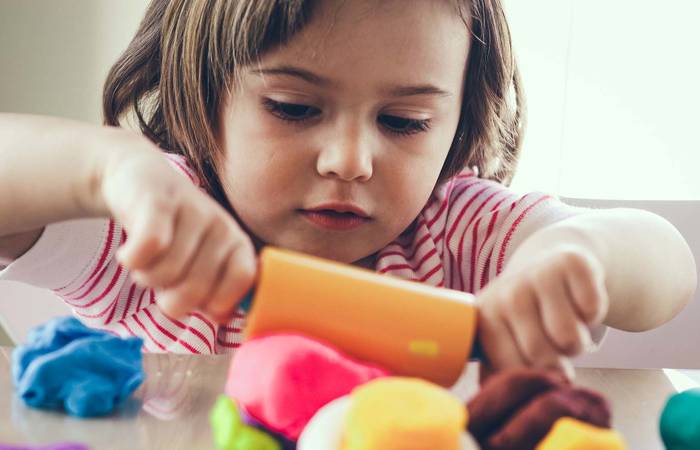Like what you see?
Sign up to receive more free parenting advice.
Thank you for subscribing to our newsletter!
Early Learning

When I was a kid growing up in the late 70s, early 80s in New Zealand, I was firmly stuck in a generation where girls dressed up as Wonder Woman and boys dressed up as Superman.
With tin foil wrapped around my wrists and my head, my brother, who would wrap a Superman tea towel around his shoulders, and I would head out to save the world.
Thirty five years on, the superheroes may have changed (my eight-year-old is loving Black Widow and Ironman) but the sentiment remains the same.
Children love to dress up as the superheroes they see in cartoons and movies and while it may look like pretty simple play from the outside, it’s actually an important part of early learning.
Dressing up as a superhero is a form of imaginative or dramatic play in which children use costumes, figurines or other props to imitate the characters they admire.
It comes about from children’s exposure to television, DVDs and computer games and sees the child acting out what they have seen.
In the past, some schools and early learning environments have chosen to ban or restrict superhero or role-play because of its sometimes violent themes, weapons like swords and hammers are not encouraged everywhere.
Children engaged in play may act aggressively and hurt or threaten each other, so there may be an increased risk of accidents and some children may be excluded because of their lack of age or skills.
But while children may need some help in learning the rules of engagement for superhero play, many believe it’s an important part of growing up.
There is a right and a wrong in the universe. And the distinction is not hard to make.Superman
The benefits of superhero play
Save the Children’s Heather Finlayson says telling kids they’re not allowed to take part in superhero play is not the way to go.
“There’s a difference between encouraging combat play and managing play situations to enable children to get what they need out of it,” Heather says. “When we talk about intentionality it’s about enabling them to process what they see – which is the whole point of play.”
In her book Children Are People Too, Dr Louise Porter writes that superhero play can be beneficial because it helps children work out the issues of good and evil, power and subordination.
She highlights, because of these benefits, it’s not wise to ban this form of play altogether. But she says some children can be obsessive about the violent themes of TV programs, affecting the other children around them, resulting in the need for restrictions.
She says parents need to talk to children about their heroes so that they can share rather than discourage their interests.
Macquarie University’s Institute of Early Childhood’s Dr Sheila Degotardi agrees, saying banning superhero play disregards all the good opportunities it has to offer.
She says there’s little evidence that banning it is useful because it just means children will hide the play from the parents. Superhero play gives kids the chance to pretend to be strong and invincible, encourages them to make new friends and helps them develop an identity outside of real life.
She says it can also help children explore moral values and dilemmas and to establish what they and others perceive as right and wrong.
In her research Heroes of Resiliency and Reciprocity1, Kathleen Harris says the nature of superhero fantasy play is defined by a child’s age, dramatic play skills, what materials they have access to and their playmates.
She says superhero play supports children in their quest to meet future challenges in the world and allows them to demonstrate “strength in their hearts and souls”.
Why do we fall? So we can learn to pick ourselves back up.Batman
The dark side of superhero play
While many will argue the benefits of kids dressing up, others believe modern superheroes are unhealthy role models for children because of their aggressive and sarcastic traits, because they rarely speak about the virtue of doing “good” for humanity.
University of Massachusetts’ Dr Sharon Lamb, who co-authored Packaging Boyhood2, writing on the sexualisation of girls and the expectations of boys, says modern superheroes are portrayed as mostly men who are ruled purely by selfish goals.
She says today’s superheroes, such as Ironman and Black Widow, are too much like action heroes – they take part in non-stop violence, they’re aggressive and they rarely “do good”. They are characters who have been reinvented in movies and by marketers.
The newer superheroes downplay their backstories and social justice themes, she says, to fit in multiple explosions, car crashes or over the top violence.
Comic book heroes of the past were people “boys could look up to and learn from because outside of their costumes, they were people with real problems and many vulnerabilities”.
Her research found in today’s media, superheroes and slackers were the only two options boys had. “Boys are told if you can’t be a superhero, you can always be a slacker.”
But Ms Harris says superhero play will always have its place in the lives of young children, with the strength, speed and bravery of superheroes attracting and inspiring kids.
“In addition, superhero play gives young children opportunities to build self-confidence and reduces tension associated with stress.”
She says when young children have their capes fastened and masks in place, they can focus on their dreams and strengths, express their own feelings and enjoy the opportunities they have “to express their commitment to being super friends and resilient superstars”.
Superhero play can help spark our kid’s imaginations, it can inspire physical games and activities and it can help children feel less scared of the unknown.
While the debate will continue to be heard, in a world where the pressure is on children to perform and reach age milestones on time, a bit of superhero play could offer a way for children to experience a sense of personal power.
Tips for helping children safely engage in superhero play:
- Point out the differences between good guys and bad guys. Children don’t necessarily distinguish real people from fictional characters so it’s useful to point out “good” characteristics such as kindness and helpfulness.
- Teach children the difference between rough and tumble play versus aggression. Falling over, gentle wrestling and hitting without hurting is fun rough and tumble, while threatening, humiliating and real hitting is aggressive.
- Encourage preschoolers to practice conflict resolution and heroism.
Get Advice
Real parents. Real problems. We’re here with a group of leading early learning and parenting professionals to answer your questions.







